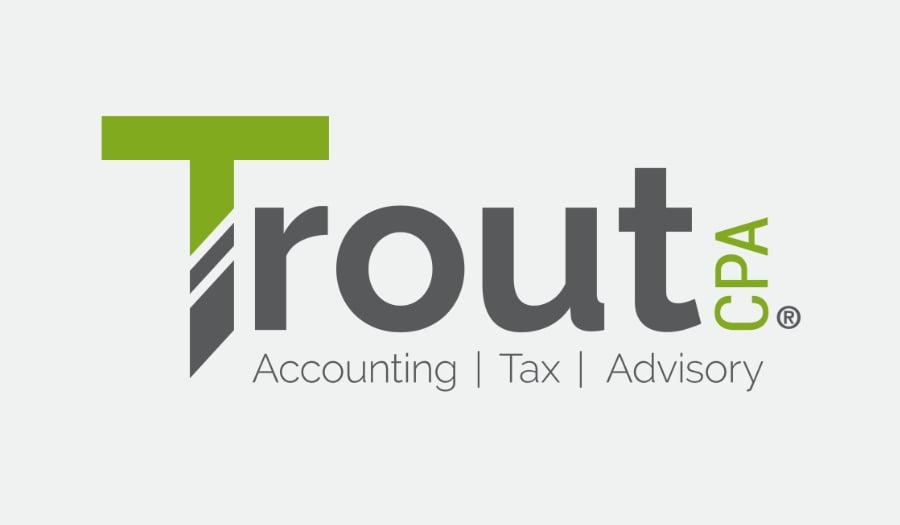Tax reform legislation included a number of provisions of interest to partnerships and their partners including the Section 199A deduction for qualified business income of pass-through entities for tax years beginning after December 31, 2017.
What is Section 199A deduction?
Section 199A generally provides taxpayers other than a corporation with a deduction equal to the lesser of:
- The combined qualified business income amount of the taxpayer, or
- An amount equal to 20 percent of the excess, if any, of the taxable income of the taxpayer for the taxable year over the net capital gain of the taxpayer for such taxable year.
The combined qualified business income amount is generally equal to the sum of (A) 20 percent of the taxpayer’s qualified business income (QBI) with respect to each qualified trade or business plus (B) 20 percent of the aggregate amount of the qualified REIT dividends and qualified publicly traded partnership income of the taxpayer for the taxable year.
QBI with respect to each qualified trade or business is generally defined to mean any item of domestic income, gain, loss, and deduction attributable to a qualified trade or business. A qualified trade or business is further defined to include any trade or business except for a specified service trade or business (SSTB).
Who does Section 199A impact?
Virtually all pass-through entities (those taxed as partnerships, S corporations, or sole proprietorships) generating positive taxable income are likely to be subject to the rules under Section 199A. Even a “services” business may still be subject to the reporting requirements described in the proposed regulations.
Certain taxpayers may be subject to a limitation based on the amount of W-2 wages or qualified property attributable to the QBI generated from each qualified trade or business. Taxpayers with taxable income exceeding certain thresholds may also be subject to an exclusion for QBI generated from an SSTB.
What questions should companies consider as it relates to Section 199A?
The following questions can help identify the need for our assistance:
- Does the company operate a specified SSTB where at least one owner has taxable income below the phase-in limitation of $415,000 for joint filers or $207,500 for all other filers so as to be eligible for the QBI deduction?
- Does the company operate more than one trade or business?
- Does the company operate a SSTB and also generate revenues from non-specified service activities?
- Does the company use a professional employer organization or otherwise maintain centralized payroll covering employees in different entities or business activities?
What are the potential Section 199A services needed?
Key areas of consideration and expected analysis to be considered include:
- Comprehensive QBI Deduction Analysis
- Specified Service Trade or Business Analysis
- Choice of Entity Analysis
How can we help?
Calculating the QBI Deduction and applying the limitations and exclusions are deceptively simple. In practice, however, an accurate calculation of the QBI Deduction has been virtually impossible without additional guidance.
Recently proposed regulations provide much-needed guidance allowing taxpayers to accurately calculate the QBI Deduction. Based on the rules contained within the proposed regulations, calculation and proper reporting of the QBI Deduction may require a significant investment of time and effort to ensure accuracy.
We are positioned to assist our clients in maximizing the availability of the QBI Deduction to reduce their effective tax rate from 37 percent to 29.6 percent.




